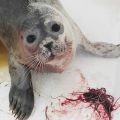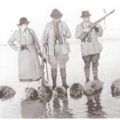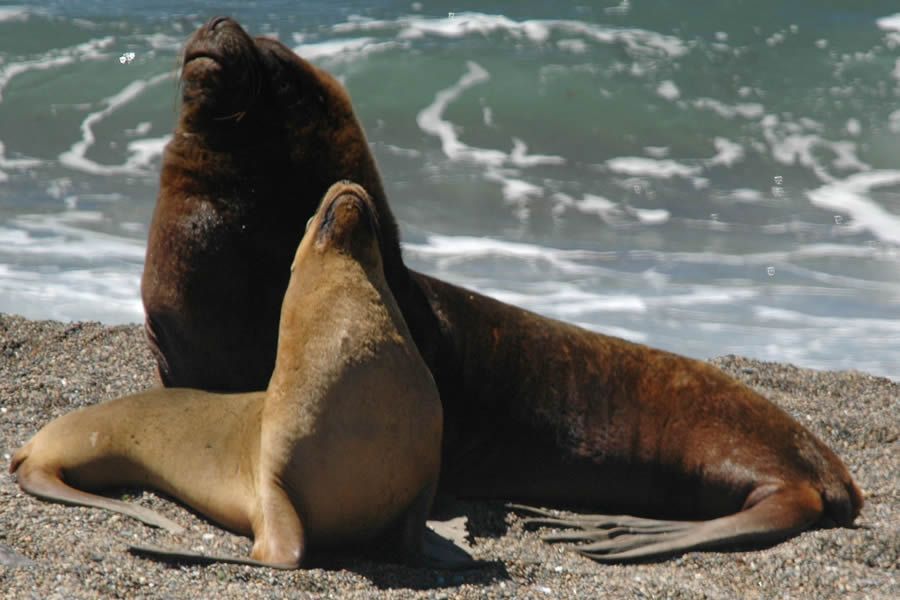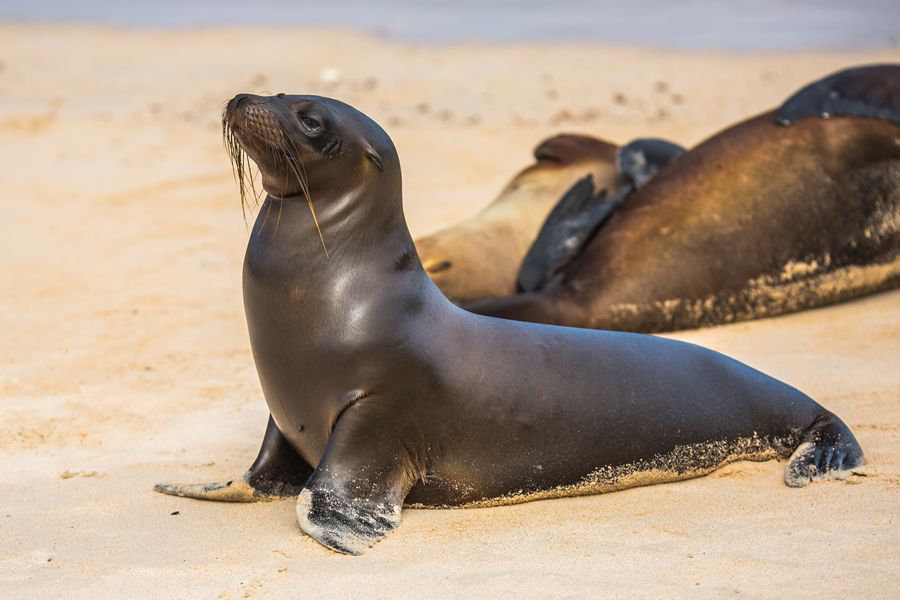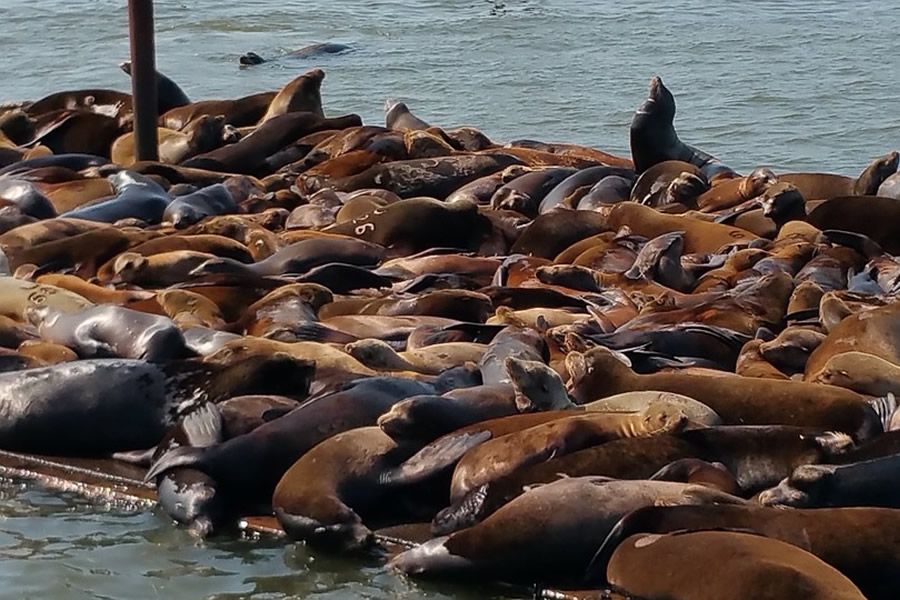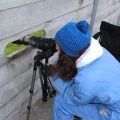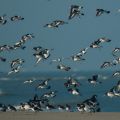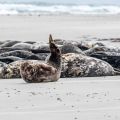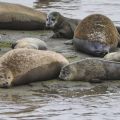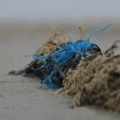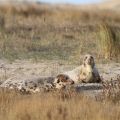Sea lions (Otariidae)
A family very close to seals (Phocidae) is the sea lion family. They may look very similar to seals at first glance, but there are big differences. Do you know the difference? On this page, you will get to know the sea lion family a little better.
See also
Otariidae
The sea lion family is also known as eared seals. They derive this name from their auricles. In the scientific world, we call this family Otariidae. Like seals , sea lions belong to the order Carnivora, or carnivorous mammals. Bears, lions, wolves and walruses are also members of this order. Sea lions are carnivores. They hunt fish, crustaceans and shellfish in shallow coastal waters.
Sea lions, seals and walruses are often placed in a special group of marine mammals. This group is called the pinnepeds (Pinnipedia). You might have guessed it: this group gets their name from the shape of the legs. In these animals, the legs are very short, but with very long toes and fingers. This makes them look like they have fins.
How do you recognize sea lions
Sea lions are often confused with seals. Do you have any idea how you can actually distinguish a sea lion very easily? Their name (eared seals and Otariidae) kind of gives it away: the ears. You can see little auricles protruding from the side of their heads. Seals and walruses do not have these; they have holes as ears.
De lichaamsbouw van zeeleeuwen lijkt wel wat op dat van zeehonden. Ze hebben een lang lichaam met een grote borstkas. Ze zijn over het algemeen wat slanker gebouwd dan zeehonden, met een spitsere kop. De voorpoten van zeeleeuwen zijn een stuk langer dan die van zeehonden.
Sea lions can move a lot more smoothly over land than seals. This is because they can fold their rear flippers forward. By leaning on their front and rear flippers, they can simply walk on land. And when needed, for example to flee, they can even run quite fast!
You can usually clearly see the difference between males and females in adult sea lions. Males are a lot bigger, with a very large chest, thick neck and larger head. This distinct difference between males and females is called sexual dimorphism.
Did you know...
Sexual dimorphism can look very different in different animal species? In many birds, males are very colourful, while females have more camouflage colours. Also, it is not always the males that are bigger or more colourful than the females. In fact, many insect and spider species have larger, more colourful, or more venomous females.
Flying over the seabed
Sea lions are incredibly good swimmers. Just like other pinnipeds, for that matter. They just take a slightly different approach from seals and walruses. Seals and walruses use their hind flippers to gain speed and their front flippers to steer. Sea lions do the opposite.
Sea lions have very long front flippers. Instead of their rear flippers, they use these long front flippers to gain speed. They move their front flippers up and down, like wings. By doing this, they push themselves forward through the water. They then use their rear flippers to steer.
Because they swim this way, sea lions are a lot more agile than seals. But, they cannot swim as long and deep as seals.
Together in big groups
Sea lions are social animals: they often live together in huge groups. These groups are also called colonies. During the mating season, an entire colony often lies together on the coast. Within a colony, there are smaller groups consisting of a male and his harem. These harems can sometimes consist of dozens of females!
Especially when hunting, sea lions are a lot more social than seals. Sea lions often hunt schools of fish in groups. By working together, they can easily catch fish from schools. This is much more difficult for seals, which hunt alone.
Did you know...
Some sea lions are so good at hunting together that other animals take advantage of it too? Galápagos Sea Lions (Zalophus wollebaeki) go after whole schools of fish while hunting. Then birds, sharks and other sea lions often lurk as well. Once the Galápagos Sea Lions have chased the fish together, the other predators quickly snatch a few!
Where do sea lions live?
In the Pacific, sea lions are fairly widespread. They live mostly in tropical and subtropical seas (California and Galápagos, for example), but also in the more temperate and sub-Antarctic regions (such as South America and New Zealand).
Sea lions always mate and have their pups on land. Therefore, there are no species found in the Arctic. The only places in the Atlantic where sea lions live are the southern tip of the African continent, and along the South American coasts. So here in Europe, you cannot see sea lions in the wild.
How many sea lion species are there?
The family of sea lions (Otariidae) consists of 14 species in total. These are often divided into 2 groups based on their appearance. The fur seals or sea bears (Arctocephalinae) are slightly smaller and get their name from the longer fur around the chest and neck. In these animals, you can see an extreme size difference between males and females (sexual dimorphism). This group consists of eight species. The sea lions (Otariinae) are a bit larger, have smoother fur and have a somewhat smaller difference between males and females. This group consists of 6 species.
Did you know...
At the time of writing, there is an ongoing debate in science about the classification and designation within the sea lion family (Otariidae)? New analyses have shown that the division between fur seals (Arctocephalinae) and sea lions (Otariinae) is no longer correct.
However, this outdated division is still often used, as it is convenient to divide the sea lion family based on their external characteristics. Once a scientific consensus is reached, this article will be updated.
Arctocephalinae
Northern fur seal
(Callorhinus ursinus)
South American fur seal
(Arctocephalus australis)
New Zealand fur seal
(Arctocephalus forsteri)
Antarctic fur seal
(Arctocephalus gazella)
Galápagos fur seal
(Arctocephalus galapogoensis)
Juan Fernández fur seal
(Arctocephalus philippi)
Cape fur seal
(Arctocephalus pusillus)
Subantarctic fur seal
(Arctocephalus tropicalis)
Otariinae
Steller sea lion
(Eumetopias jubatus)
Australian seal ion
(Neophoca cinerea)
South American sea lion
(Otaria flavescens)
California seal ion
(Zalophus californianus)
Galápagos sea lion
(Zalophus wollebaeki)
New Zealand sea lion
(Phocarctos hookeri)
